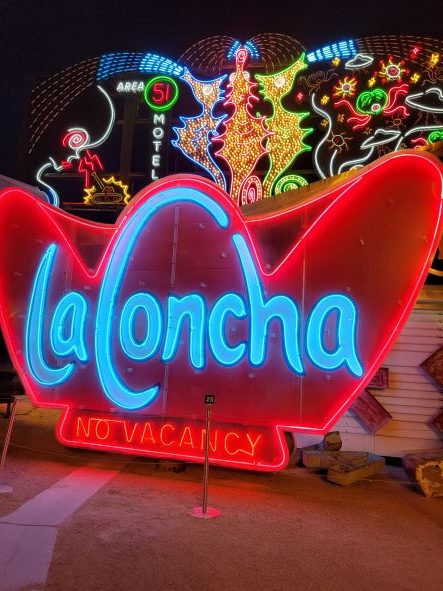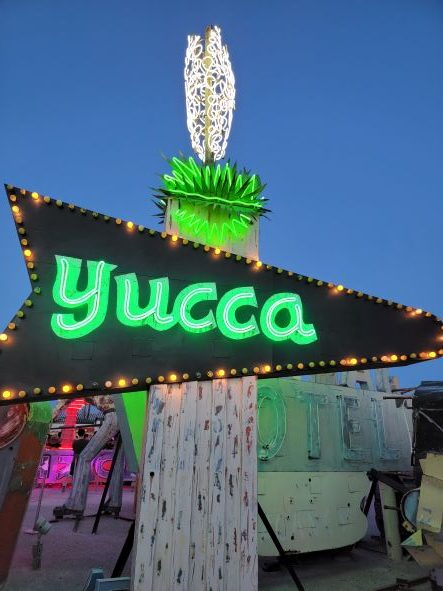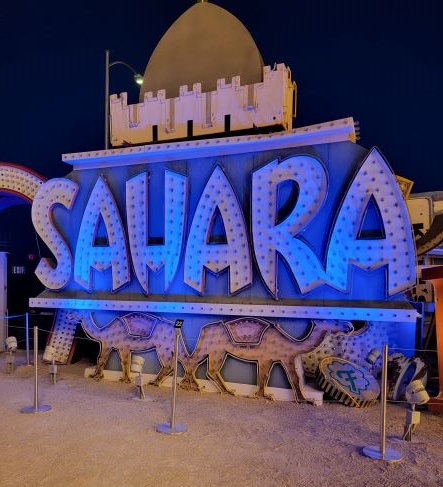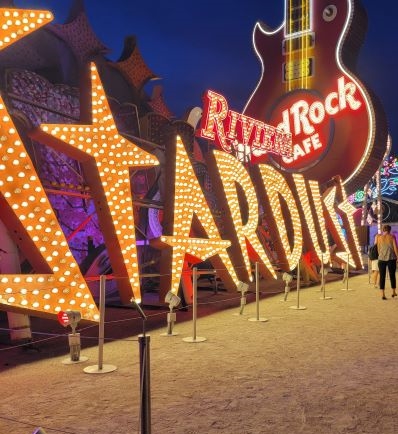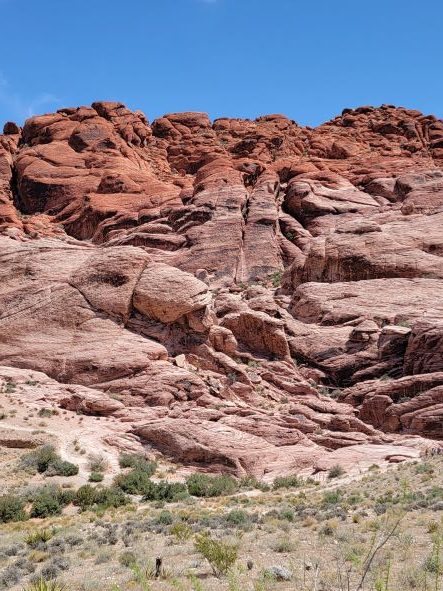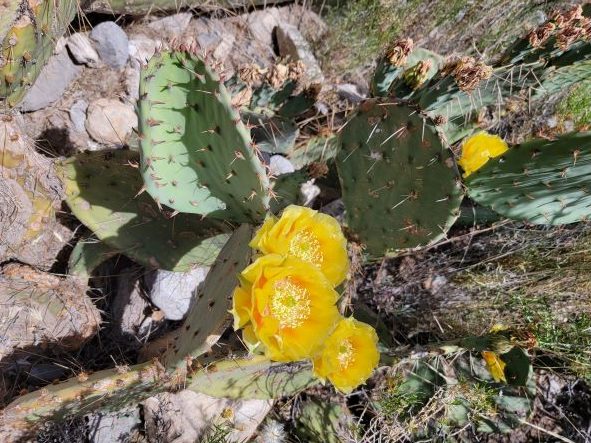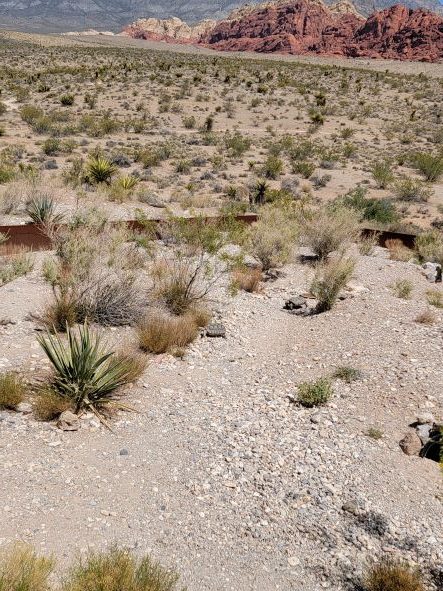Recently we visited Hoover Dam. Not having been there for a few years, the drop in the water level of Lake Mead was significant.
This time, we took a tour inside the dam. Seeing where men worked to build this massive structure, learning how the dam was built, and viewing the dam from inside made us think about the years in which this was completed.
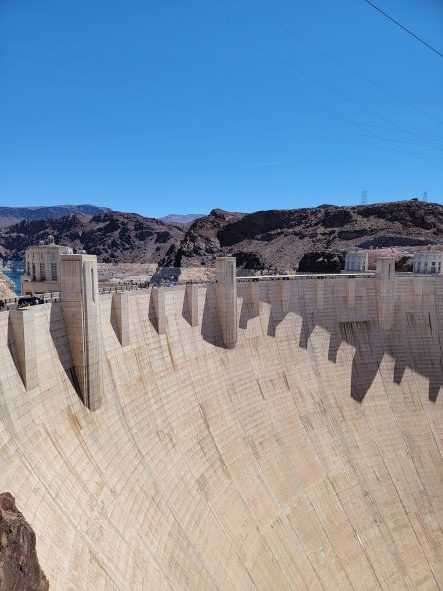
Some facts we learned from our tour:
Hoover Dam is a concrete arch-gravity dam on the Black Canyon of the Colorado River between Nevada and Arizona.
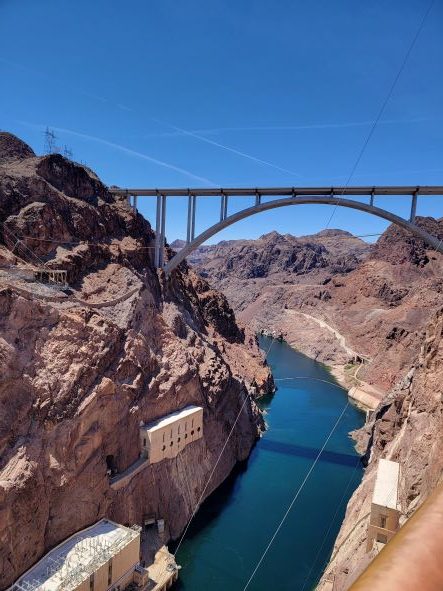
The dam was constructed between 1931 and 1936, during the Great Depression. Involving thousands of workers from every state and materials from every state, the dam was built to control flooding, provide irrigation, and produce hydroelectric power.
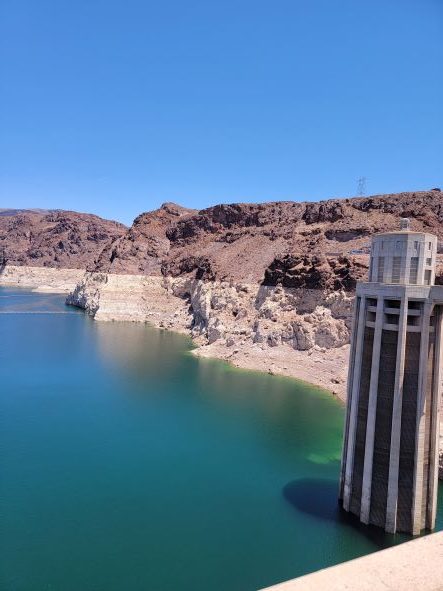
Since the Colorado River had to be diverted in order to build the dam, four diversion tunnels had to be constructed first. Concrete for the dam was first poured on June 6, 1933, 18 months ahead of schedule.
Over seven million visitors a year visit Hoover Dam, with many of those taking the tour to the inside.
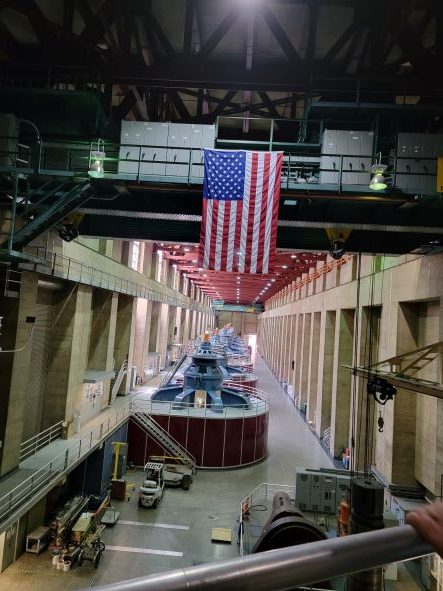
It is as tall as a 60-story building.
The base is 600 feet thick.
Highest concrete arch dam in US.
We walked through some of the tunnels.
There is a monitor for earthquakes.
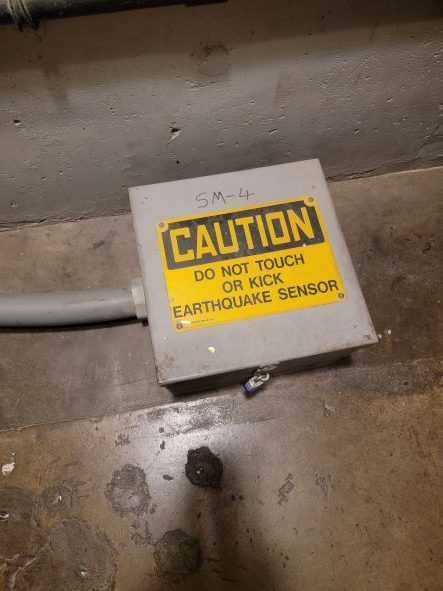
If You Go: Hoover Dam is located 37 miles from Las Vegas.
For tour information, https://www.usbr.gov/lc/hooverdam/service/index.html
For more things to do close to Las Vegas, check out https://travelsandescapes.net/2022/06/13/bellagio-conservatory/
